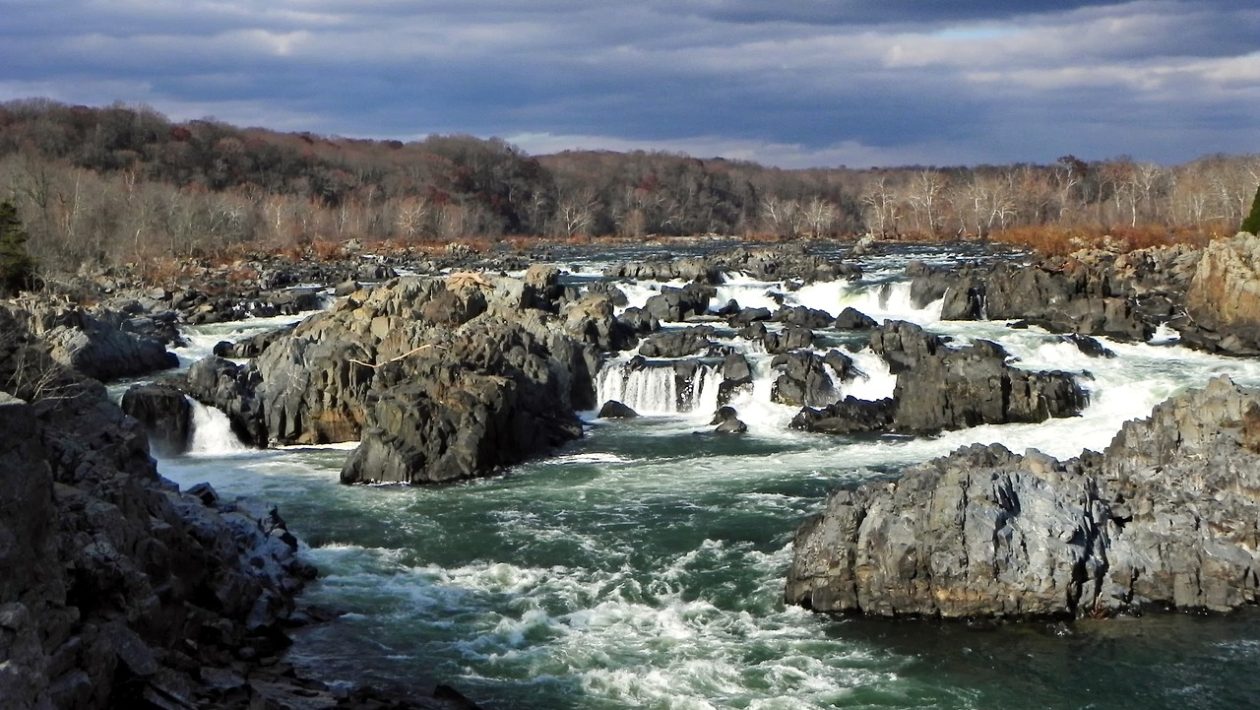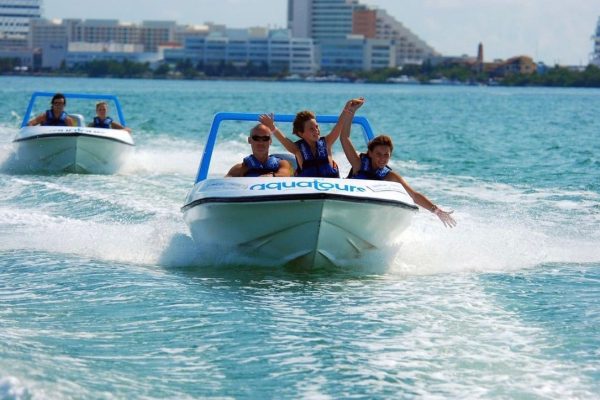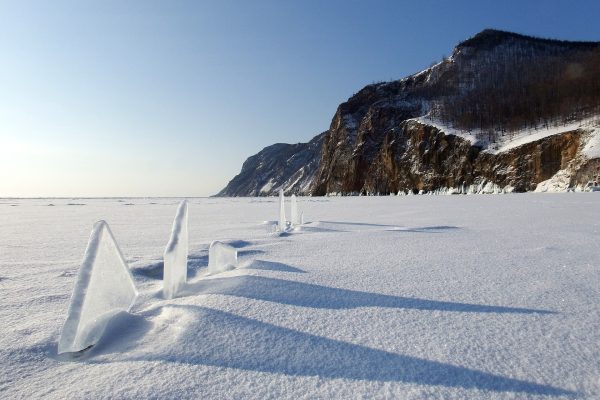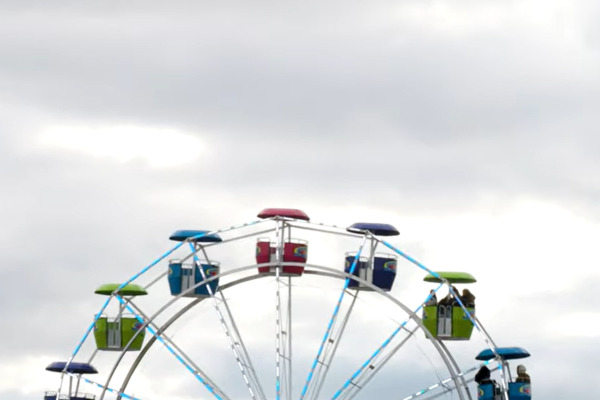Affectionately dubbed the “Mother of Presidents,” Virginia proudly claims eight U.S. presidents, including four of the first five, as its native sons. From pivotal moments in the nation’s founding to the birth of leaders, Virginia’s historical significance continues to influence the nation’s narrative. However, beyond its storied past, Virginia boasts a vibrant present with diverse living options. The biggest city in Virginia is Virginia Beach, offering a unique blend of culture, opportunity, and lifestyle.
Other cities in Virginia equally stand strong in the competition. As the 12th largest state in the United States by population, Virginia’s metropolises are packed with a rich tapestry of experiences.
Table of Contents
Biggest city in Virginia
In this article, we delve into 9 biggest city in Virginia, exploring the essence of each city to help you uncover the perfect place to call home. Utilizing data from the US Census and insightful facts, we aim to provide valuable information to aid your quest to figure out the biggest city in Virginia.
1. Virginia Beach
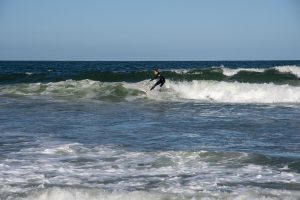
Virginia Beach is biggest city in Virginia and is known for its beautiful coastline and beaches. The oceanfront is a popular destination for tourists and locals, offering a wide stretch of sandy beaches along the Atlantic Ocean.
First Landing State Park, located at the city’s northern end, provides a natural and serene setting with hiking trails and opportunities for outdoor activities.
In addition to its natural attractions, Virginia Beach offers a vibrant entertainment scene. The city has a diverse selection of bars, restaurants, and clubs that cater to different tastes and preferences.
| Size | 1,288.52 km2 |
| Population | 457,672 (2020) |
| Culture | Diverse, with influences from the surrounding Mid-Atlantic region, the military, and the beach |
| Economy | Tourism, military, and technology |
| Tourism | Virginia Beach is a popular tourist destination for its beaches, water sports, and military history. |
| Education | Old Dominion University, Regent University, and Tidewater Community College |
| Transportation | Served by the Norfolk International Airport, as well as several bus and train lines |
| Festivals | The Neptune Festival, the Virginia Beach Jazz Festival, and the Virginia Beach Rock ‘n’ Roll Marathon |
| Local Cuisine | The cuisine mixes coastal and Southern flavors with crab cakes, fried green tomatoes, shrimp, and grits. |
2. Chesapeake

Chesapeake, the second biggest city in Virginia, is a significant hub for shipping and transportation. At its core lies the Port of Virginia, boasting the status of the largest port on the United States East Coast.
Aside from its commercial significance, Chesapeake holds great historical value, with many attractions. These sites offer you a glimpse into the area’s rich past and natural beauty, making Chesapeake a compelling destination for history enthusiasts and nature lovers.
| Size | 908.95 km2 |
| Population | 249,422 (2020) |
| Culture | Diverse, with influences from the surrounding Mid-Atlantic region, the military, and the water |
| Economy | Tourism, manufacturing, and healthcare |
| Tourism | Famous for its waterfront, water sports, and Civil War history |
| Education | Chesapeake State University and Tidewater Community College |
| Transportation | Norfolk International Airport, as well as several bus and train lines |
| Festivals | Chesapeake Bay Seafood Festival, the Chesapeake Jazz Festival, and the Great Bridge Civil War Festival |
| Local Cuisine | The cuisine mixes coastal and Southern flavors with crab cakes, fried green tomatoes, shrimp, and grits. The city also has several restaurants that serve international cuisine. |
3. Arlington

Arlington, a suburb of Washington, D.C., is renowned for being the location of the Pentagon, the primary headquarters of the United States Department of Defense. This third biggest city in Virginia boasts the Pentagon and houses various other significant military installations.
Beyond its military significance, Arlington surprises with a vibrant arts scene that adds a touch of creativity and culture to the area. The association of military expertise and artistic expression makes Arlington a unique and diverse community within the larger context of the nation’s capital region.
| Size | 70 km2 |
| Population | 238,643 (2020) |
| Culture | Diverse, with influences from the surrounding Mid-Atlantic region, the military, and the government |
| Economy | Government, technology, and healthcare |
| Tourism | Known for its proximity to Washington, D.C., and its many parks and attractions. |
| Education | George Mason University, Marymount University, and the University of Mary Washington |
| Transportation | Ronald Reagan Washington National Airport and many buses and train lines |
| Festivals | Arlington Arts Festival, the Arlington Independence Day Parade, and the Taste of Arlington |
| Local Cuisine | Popular cuisines are Ethiopian food, Vietnamese food, and Southern food. The city also has many restaurants that serve fine dining. |
4. Norfolk
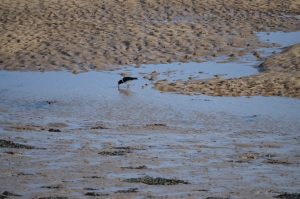
Norfolk, a prominent city in Virginia, holds a key position as a major naval base, serving as an essential hub for the United States Navy. Notably, it is home to the USS Monitor National Marine Sanctuary, which preserves the historic Civil War-era ironclad USS Monitor.
Also, the city proudly houses various other historical sites that offer a glimpse into its rich past. The Chrysler Museum of Art showcases diverse artworks, celebrating cultural heritage and creativity. Additionally, the Nauticus maritime museum immerses visitors in the fascinating maritime history of the region.
| Size | 249.68 km2 |
| Population | 238,005 (2020) |
| Culture | English, Irish, and African-American. |
| Economy | Defense, transportation, and tourism. Norfolk is home to the Norfolk Naval Station, one of the world’s largest naval bases. |
| Tourism | USS Monitor National Marine Sanctuary, the Chrysler Museum of Art, and the Norfolk Botanical Garden. |
| Education | Old Dominion University, Norfolk State University, and Tidewater Community College. |
| Transportation | Norfolk International Airport, the Port of Norfolk, and the Norfolk Light Rail. Some bus lines and Amtrak also serve the city. |
| Festivals | The Norfolk Harborfest, the Virginia Beach Neptune Festival, and the Norfolk Folk Festival. |
| Local Cuisine | Norfolk is home to various restaurants, serving everything from seafood to international cuisine. The city is also home to many breweries and wineries. |
5. Richmond

Richmond is the capital, but it’s not the biggest city in Virginia. However, it is a prominent government, business, and education hub. The city boasts a rich historical heritage, hosting the iconic Virginia State Capitol, which is important in American history.
Overall, Richmond is a multifaceted city that seamlessly blends its political, economic, and educational prominence with its cultural and artistic appeal.
| Size | 162.05 km2 |
| Population | 226,610 (2020) |
| Culture | Rich history, diverse population, vibrant arts, and cultural scene |
| Economy | Diverse economy anchored by government, healthcare, and education. |
| Tourism | Popular tourist destination with historical sites, museums, and outdoor activities |
| Education | Home to several colleges and universities, including Virginia Commonwealth University |
| Transportation | Served by Richmond International Airport, Amtrak, and the GRTC bus system |
| Festivals | Many festivals throughout the year, including the Richmond Jazz Festival, the Richmond Folk Festival, and the St. Patrick’s Day Parade |
| Local Cuisine | Diverse cuisine with a focus on fresh, local ingredients |
6. Newport News
As the home of the USS Monitor National Marine Sanctuary, this city holds a crucial link to the past, preserving the legacy of this Civil War ironclad ship. Furthermore, Newport News is renowned for its shipbuilding prowess, playing a vital role in the maritime industry.
Apart from its maritime heritage, it houses other historical treasures, including the Mariners’ Museum, showcasing maritime artifacts and history, and the Fort Monroe National Monument, a site rich in military history and cultural heritage.
| Size | 309.81 km2 |
| Population | 186,247 (2020) |
| Culture | A diverse population, maritime history, arts, and culture scene |
| Economy | Military, shipbuilding, and tourism |
| Tourism | Popular tourist destination with historical sites, museums, and outdoor activities |
| Education | Home to several colleges and universities, including Christopher Newport University |
| Transportation | Served by Newport News/Williamsburg International Airport, Amtrak, and the Hampton Roads Transit bus system |
| Festivals | Many festivals throughout the year, including the Nautical Flea Market, the Hampton Roads Greek Festival, and the Christmas at the Beach |
| Local Cuisine | Diverse cuisine with a focus on fresh seafood |
7. Alexandria
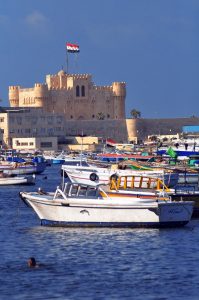
As an essential part of the Washington, D.C., metropolitan area, Alexandria is renowned for its rich colonial heritage, evident in its cobblestone streets, historic architecture, and well-preserved landmarks.
Alongside its historical treasures, the city boasts a vibrant cultural scene, with bustling waterfronts, art galleries, and a diverse culinary landscape that appeals to locals and tourists alike.
| Size | 39.75 km2 |
| Population | 159,467 (2020) |
| Culture | A historic city with a diverse population, arts and culture scene |
| Economy | Government, technology, and tourism |
| Tourism | Popular tourist destination with historical sites, museums, and outdoor activities |
| Education | Home to several colleges and universities, including George Washington University |
| Transportation | Served by Reagan National Airport, Amtrak, and the Metrorail system |
| Festivals | Many festivals throughout the year, including the Alexandria Greek Festival, the Alexandria Film Festival, and the Alexandria Halloween Parade |
| Local Cuisine | Diverse cuisine, with a focus on fresh seafood and Southern food |
8. Hampton
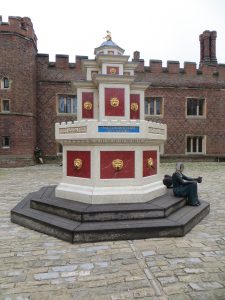
Hampton is a major port city boasting a rich historical heritage. Notably, it houses the renowned Hampton Roads Naval Museum, dedicated to maritime history, and the Hampton Coliseum, a prominent venue for events and concerts.
The city’s historical prominence extends further with notable landmarks like Fort Monroe, a strategic military site, and the Hampton University Museum, preserving the legacy of the nation’s oldest historically black university.
| Size | 352.95 km2 |
| Population | 137,148 (2020) |
| Culture | A diverse population, maritime history, arts, and culture scene |
| Economy | Military, tourism, and healthcare |
| Tourism | Popular tourist destination with historical sites, museums, and outdoor activities |
| Education | Home to several colleges and universities, including Hampton University |
| Transportation | Served by Newport News/Williamsburg International Airport, Amtrak, and the Hampton Roads Transit bus system |
| Festivals | Many festivals throughout the year, including the Hampton Jazz Festival, the Hampton African-American Festival, and the Hampton Roads Greek Festival |
| Local Cuisine | Diverse cuisine with a focus on fresh seafood |
9. Roanoke

Roanoke is renowned for its abundant outdoor recreation possibilities, offering opportunities for hiking, biking, and thrilling whitewater rafting adventures. Moreover, the city takes pride in hosting the prestigious Virginia Tech campus, attracting students and academics from various fields.
In addition to its active outdoor scene, Roanoke embraces art and culture with the Taubman Museum of Art, showcasing an impressive collection of contemporary works. Combining the love for nature and a vibrant cultural scene.
| Size | 110.99 km2 |
| Population | 100,011 (2020 census) |
| Culture | Diverse population, arts, and culture scene |
| Economy | Healthcare, manufacturing, and tourism |
| Tourism | Popular tourist destination with outdoor activities, museums, and historical sites |
| Education | Virginia Western Community College, Hollins University, and Radford University. |
| Transportation | Served by Roanoke-Blacksburg Regional Airport, Amtrak, and the Valley Metro bus system |
| Festivals | Many festivals throughout the year, including the Roanoke Greek Festival, the Roanoke Jazz Festival, and the Roanoke Star City 4th of July Celebration |
| Local Cuisine | Diverse cuisine, with a focus on fresh seafood and southern food |
What is the biggest city in Virginia?
Virginia Beach is the largest city in Virginia, with a population of 457,672. It ranks as the 42nd largest city in the United States.
What is the biggest city in West Virginia?
Charleston is the biggest city in West Virginia, with a population of 48,018 as of 2021. As the state capital, it sits at the confluence of the Elk and Kanawha rivers. Charleston plays a significant role in commerce, education, and government in West Virginia. It houses the West Virginia State Capitol, Marshall University, and the Charleston Area Medical Center.
Conclusion
Each Virginia city possesses its distinct allure and attractions, catering to a diverse range of interests. Embracing its historical roots, some cities boast significant landmarks and sites that echo the nation’s past.
Meanwhile, if you are seeking vibrant cultural scenes can indulge in a wealth of artistic expressions and events. For those drawn to coastal living, Virginia offers picturesque seaside cities brimming with seaside delights.
Whether you are looking forward to the lively buzz of city life or the tranquility of nature, each destination provides various recreational opportunities.
Virginia’s cities embrace the incorporation of history, culture, and natural beauty, ensuring something uniquely captivating for everyone to explore and cherish.
